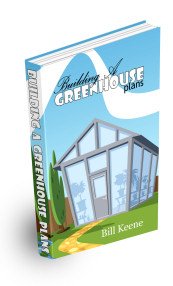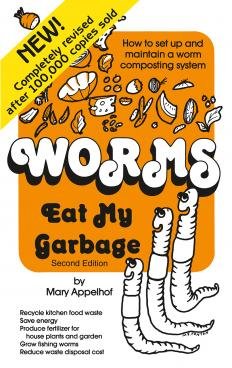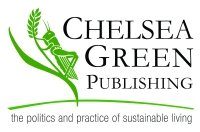
Identifying Your Soil Type
Soils are generally described according to the predominant type of soil particle present - sand, silt, or clay. By conducting a simple soil test, you can easily
see what kind of soil you're dealing with. You may want to repeat this test with several different soil samples from your lawn and garden.
- Fill a quart jar about 1/3 full with topsoil and add water until the jar is almost full.
- Screw on the lid and shake the mixture vigorously, until all the clumps of soil have dissolved.
- Now set the jar on a windowsill and watch as the larger particles begin to sink to the bottom.
- In a minute or two the sand portion of the soil will have settled to the bottom of the jar (see illustration). Mark the level of sand on the side of the jar.
- Leave the jar undisturbed for several hours. The finer silt particles will gradually settle onto the sand. You will find the layers are slightly different
colors, indicating various types of particles.
- Leave the jar overnight. The next layer above the silt will be clay. Mark the thickness of that layer. On top of the clay will be a thin layer of organic
matter. Some of this organic matter may still be floating in the water. In fact, the jar should be murky and full of floating organic sediments. If not,
you probably need to add organic matter to improve the soil's fertility and structure.

See also...
How pH Affects Plant Foods
Finding Soil's pH
Raising Soil pH
Lowering Soil pH
pH Plant Preference Lists


The Art of Gardening

"Beautifully illustrated and practical Are you ready to take your garden from good to great?
Learn how to build your soil...and more!

What's New?
Discover how to easily build an attractive and affordable greenhouse that will grow anything in any conditions. Also, building your own greenhouse just makes economical sense. You can build a greenhouse at just a fraction of the cost of buying a pre-built one. Most pre-built greenhouse you buy need to be assembled anyway, you are really just paying hugely inflated prices for the material.
Click Here!
Great Books

The book that started a backyard worm revolution! With more than 150,000 copies sold, this is the bestselling and remains the definitive guide to vermicomposting--a process using red worms to recycle human food waste into nutrient-rich fertilizer for plants. Author Mary Appelhof provides complete illustrated instructions on setting up and maintaining small-scale worm composting systems.
Read More...





 "Beautifully illustrated and practical Are you ready to take your garden from good to great?
Learn how to build your soil...and more!
"Beautifully illustrated and practical Are you ready to take your garden from good to great?
Learn how to build your soil...and more!